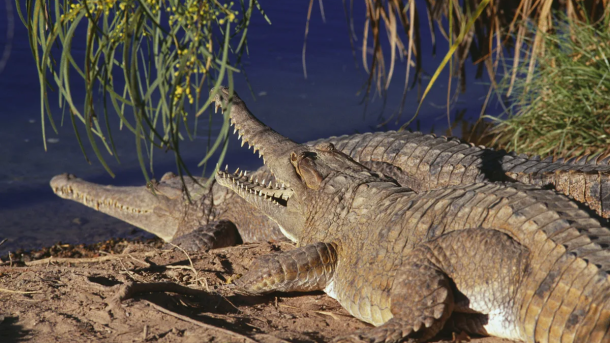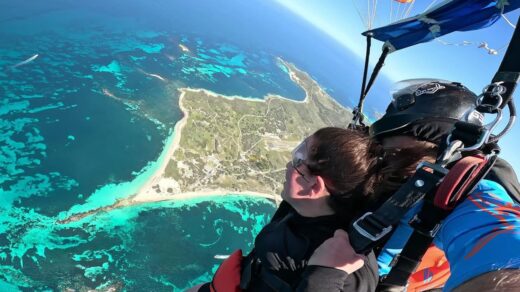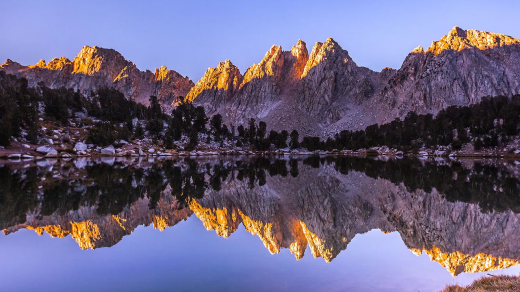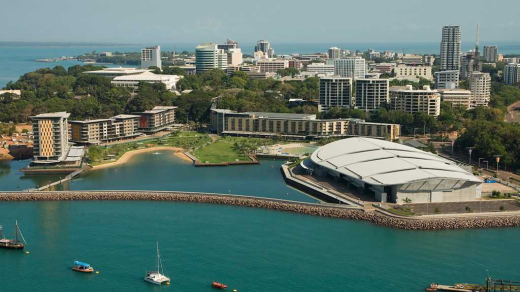Situated in the Northern Territory of Australia, Kakadu National Park is not only an area of breathtaking natural beauty but also a place teeming with rich Aboriginal history and an incredibly diverse ecosystem. This article will take you through several fun facts about this magnificent national park, which is as enchanting as it is educational. With tours from Darwin paving the way for, magnificent waterfalls, ancient rock art, and exotic wildlife, it’s no wonder that this park is a must-visit destination for nature and culture enthusiasts alike.
Introduction to the Natural Wonder of Kakadu

As one ventures into Kakadu National Park, it becomes apparent why this expanse has been named a UNESCO World Heritage Site. With over 20,000 square kilometers to explore, the park offers a stunning variety of landscapes, from wetlands and rivers to sandstone escarpments. Each turn in the park brings with it a new ecological niche, home to numerous species of plants and animals. Kakadu’s vibrant cultural tapestry is equally impressive, showcasing the traditions and arts of its Indigenous guardians.
The Ancient Inhabitants: Aboriginal Heritage of Kakadu
The Aboriginal people have continuously lived in the Kakadu region for over 65,000 years, making it one of the planet’s longest historical records of a culture. Within the park, you will find more than 5,000 recorded art sites showcasing the rich and dynamic stories of the Aboriginal people that depict their deep connection with the land. The art gives insights into their history, spirituality, and civilization before European contact. It’s a profound living cultural landscape that is as educational as it is moving.
Kakadu’s Biodiversity: A Flora and Fauna Haven
The national park is a melting pot of habitats, supporting over 2,000 plant species, which is a quarter of all Australian flora. The fauna is equally varied with approximately 10% of the nation’s fish species, a third of its bird species, and a quarter of its freshwater and terrestrial species calling Kakadu home. It paints a fantastic picture of biodiversity that is unparalleled in many parts of the world. Here’s a taste of the extraordinary wildlife that thrives in Kakadu:
- The Saltwater Crocodile: A prehistoric predator that commands the waterways.
- The Black Wallaroo: A Kangaroo species unique to the park.
- The Chestnut-quilled Rock Pigeon: A bird endemic to the stone country of Arnhem Land and Kakadu.
Phenomenal Fluctuations: Kakadu’s Seasonal Transformations
Visiting Kakadu during different times of the year affords completely distinct experiences due to the changing seasons. In the wet season, rivers burst their banks and floodplains come to life, renewing the land and triggering a burst of new growth. Conversely, the dry season welcomes a stark contrast, with lower water levels revealing hidden landscapes and permitting greater access to remote areas. These seasonal shifts not only affect the landscape but also the wildlife behaviors and accessibility of certain park regions.
Beyond the Wild: Activities and Adventures in Kakadu
Kakadu’s rugged landscape offers a variety of activities for the adventurous traveler. From kakadu tours from Darwin offering comprehensive explorations of the park’s diverse ecosystems, to challenging hikes up the escarpments for unrivaled panoramic views, there’s something for every nature lover. Below are some of the top activities that await visitors:
- Hiking to Jim Jim Falls and Twin Falls
- Exploring the East Alligator region with a guided Aboriginal tour
- Fishing for barramundi in the park’s billabongs and rivers
Each activity provides a different perspective and appreciation of the park’s breathtaking landscapes and cultural significance. Whether you prefer land or water, there’s a Kakadu adventure that’s perfect for you.
Conclusion: The Timeless Allure of Kakadu National Park
Kakadu National Park is a true natural and cultural gem. Its pristine ecosystems, diverse wildlife, and deep cultural roots make it an incredible treasure for both Australia and the world. Visitors leave with a greater understanding of the Earth’s history, the value of biodiversity, and the cultural significance that has been preserved over thousands of years. Kakadu is more than a park; it’s an awe-inspiring experience that transcends a simple visit to nature—it’s an immersion into the cradle of humanity and the wilderness.
FAQ about Kakadu National Park
Despite its size and complexity, there are many questions visitors frequently ask about Kakadu National Park. Below we answer a few that may come to mind when planning a visit.
| FAQ | Answer |
|---|---|
| How large is Kakadu National Park, and why is it significant? | Kakadu spans nearly 20,000 square kilometers, making it the largest national park in Australia. It’s significant for its biodiversity and cultural heritage, earning it dual UNESCO World Heritage status. |
| Can you see traditional Aboriginal rock art in the park? | Absolutely, with areas like Ubirr and Nourlangie showcasing rock art dating back thousands of years, providing a window into indigenous culture and history. |
| What kind of wildlife might I see while visiting Kakadu? | Expect a vast array of birds, reptiles, and mammals, including unique species such as the Jabiru, saltwater crocodile, and wallabies, to name a few. |
| Are there any dangerous animals in Kakadu National Park? | Yes, particularly the saltwater crocodile. Always follow safety guidelines and park ranger advice when exploring. |
| What is the best time of year to visit Kakadu National Park? | Many prefer the dry season (May to October) due to better accessibility and weather, but the wet season offers dramatic waterfalls and lush landscapes. |



